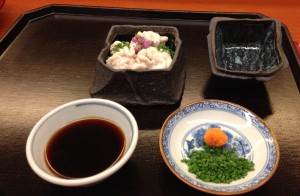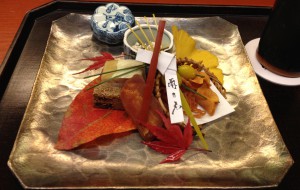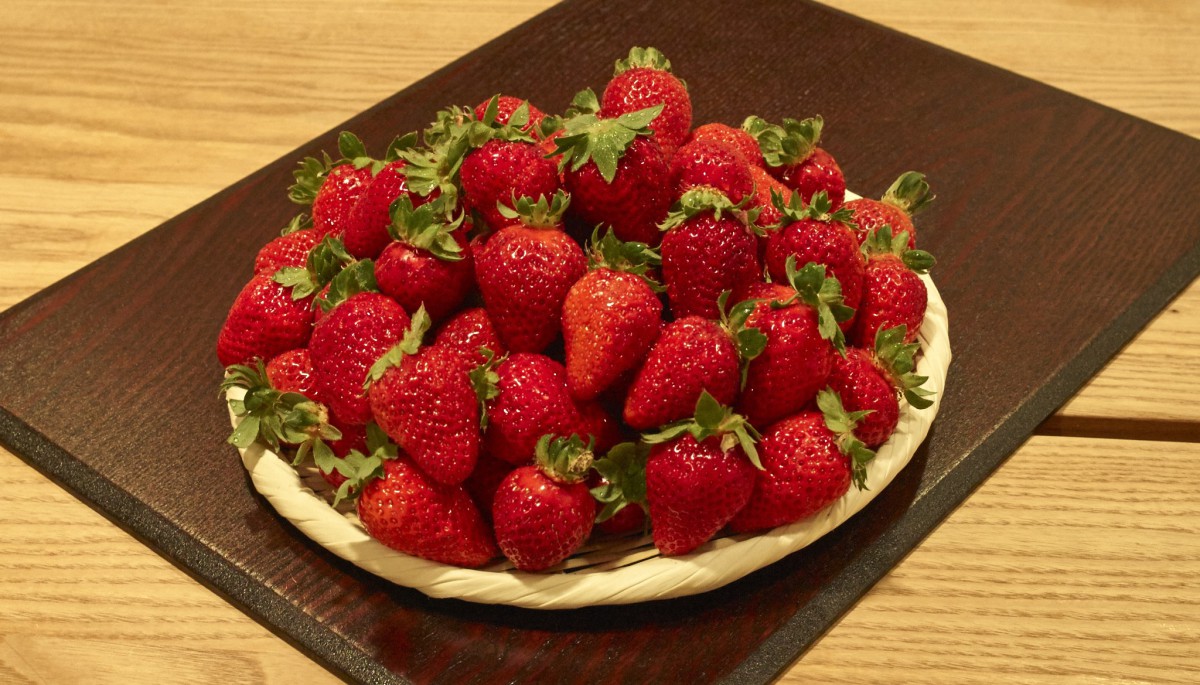Washoku, Japan’s traditional food culture has gained increasingly worldwide interest since it has been awarded a UNESCO Intangible Cultural World Heritage two and a half years ago. The heart of Washoku is a healthy, balanced cuisine that embraces and internalizes the spirit of seasonality and seasonal events. It is a century old culinary tradition that is still in evidence throughout Japan.
The Japanese even have a specific word for their attention to seasonality: Shun. There is no equivalent for Shun in the English language. Shun translates to an almost religious obsession to consume food at the peak of its season. Imagine you bite in a big, fat, red, succulent, sweet and juicy strawberry that fills your mouth with this irresistible distinct flavor of early summer. That is Shun.
But nature’s production does not begin and end with this peak in flavor. So the Japanese dedication to seasonality has further divisions of the season: Hashiri and Nagori. Hashiri refers to products that have just come into season or are even a little early. They are usually smaller in size, not as flavorful and rather expensive. Whereas Nagori describes the products at the end of the season, who are no longer really wonderful.

Coming back to the strawberries. Hashiri means the run for the first strawberries. You remember the fruity, juicy, succulent and sweet flavor, which you have been waiting to get for the past year. You cannot wait to bite into one, knowing that they are often not fully ripe and tarter than you would actually like, but to get a glance at the taste of what is soon to come in full flavor is worth the high price you pay.

Nagori is the opposite. Middle of June, when the strawberry season is almost over and the ones that you buy are usually over ripe, easily bruised and no longer wonderful. But you just have to buy that one last basket, one last glimpse of that juicy taste that is so typical for the first warm summer days, because you know that this is your last chance before you have to say good-bye and wait another year for them to come around as wonderful as they just were.
Given this attention to seasonality it does not come on a surprise that in a formal Kaiseki-meal the chef composes a symphonic firework for all senses, fusing the five colors, the five flavors and the five methods of preparation for products from all of the three sub-seasons.
